A lot of gun rights advocates bristle at the term “gun violence.” I don’t, but many of you do, and you’re not without good reason to do so. Especially since it somehow pretends that there’s literally no other kind of violence that should demand our attention.
There is, and if there were no guns, we’d still have tons of violence because the underlying causes still remain. Yet so many can only see the guns.
So when the Center for American Progress talks about offices of gun violence, you’ve got to wonder where they’re trying to go.
Communities across the country, both big cities and rural areas, are grappling with rising gun violence. While overall crime rates in the United States have declined, violent crime increased 5.6 percent between 2019 and 2020. Furthermore, 79 percent of all U.S. homicides in 2020 involved a gun. This increase in gun violence is in large part due to the COVID-19 pandemic, which produced a spike in gun sales, great economic and social instability, and breakdowns in police-community relations. Black and other communities of color are experiencing this spike in gun violence most acutely; these communities have for generations seen a divestment in resources and have been the hardest hit economically by the pandemic.
To respond to the present moment in ways that address the root causes of gun violence, communities are advocating for greater investments in resources that produce safety outside the criminal legal system. These include affordable housing, greater access to physical and mental health care, education, and increased employment opportunities. Community stakeholders are also working together with their local governments in new and innovative ways to respond to instances of violence in their neighborhoods and to prevent further harm—such as by establishing civilian offices of violence prevention (OVPs). OVPs play a critical role in the growth and development of government-community partnerships related to violence prevention and intervention. Now is a critical time for cities to establish and grow these civilian offices, as federal, state, and local governments are finally dedicating resources to these successful community violence intervention (CVI) models.
Civilian OVPs facilitate lasting change
As outlined in CAP’s 2020 report “Beyond Policing: Investing in Offices of Neighborhood Safety,” cities can help ensure that community-driven gun violence programs receive the long-term political and financial support necessary to succeed by embedding nonpunitive safety solutions into the fabric of local government. These civilian-led offices within the city government, known as offices of violence prevention, provide the infrastructure and resources to administer or oversee CVI along with the implementation and administration of other programs. The goal is to ensure that community-based interventions are durable, sustainable, and elevated as integral elements of public safety practice—not just an experimental alternative to enforcement.
Here’s the problem that CAP should learn to recognize: They’re using the wrong terminology.
See, the problem I have with offices of gun violence–whether it’s federal, state, local, or whatever–is that, once again, the focus is on the word “gun” and not violence.
It doesn’t seem this particular piece is outright advocating for gun control, but the problem is that it uses the language of gun control. It uses the terms and phrases used to push for the restriction of our Second Amendment rights.
Basically, if they dropped the word “gun” then we might be willing to listen a bit.
If you want to talk about reducing violence–all violence, not just the super-special evil kind that uses a firearm–then many of us might be willing to talk. We might be willing to sit down and take part in discussions that look for solutions, particularly non-gun control solutions.
Until then, you better believe we’re going to be distrustful.
Frankly, folks like CAP have never given us a reason to trust them, so why should we start now?

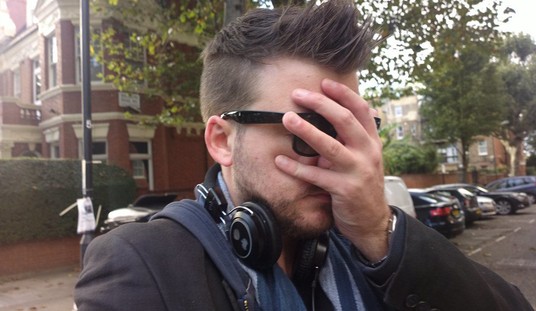
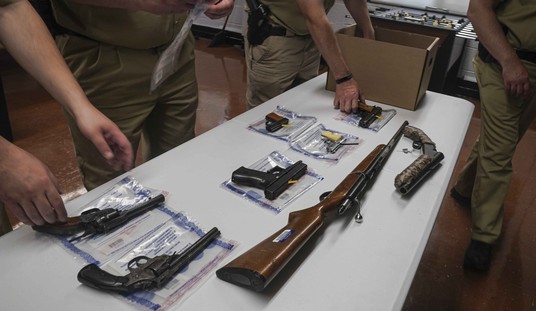

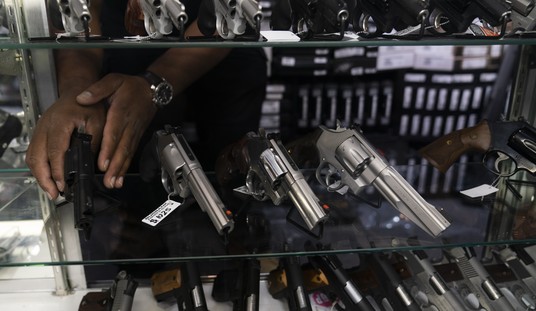

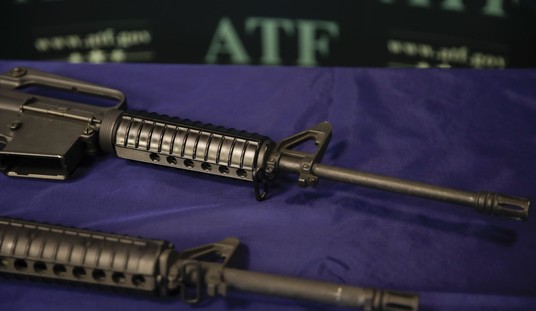
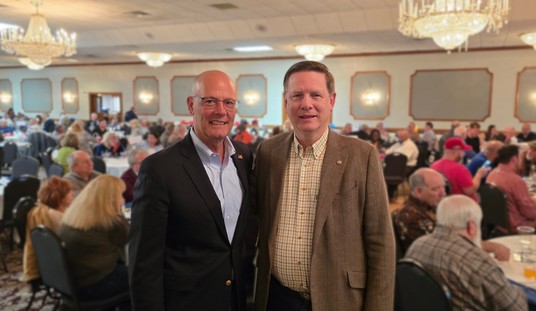
Join the conversation as a VIP Member